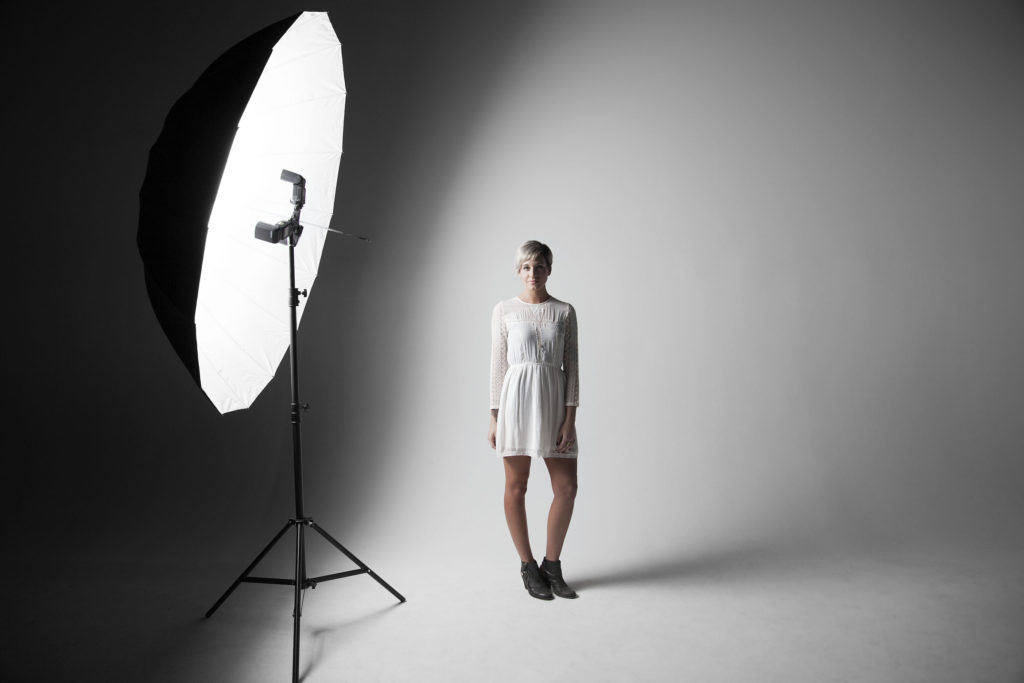In the last issue we talked about candid photography and how to get great shots. In this issue we are going to go over some great lighting tips for beautiful photographs.
Photography is art. Individuals will spend hours in museums and galleries analyzing a person’s photographs for the meaning. Like painting photographs have a message, sometimes it will evoke sadness, happiness, a carefree attitude, and thought. There are many techniques a budding photographer will learn to evoke the emotions they desire. One such technique is using artificial lighting. Artificial lighting isn’t always as fun and easy as sunlight, but you can use it to create some wonderful photographs once you know how.
Indoor lighting is often fluorescent and tungsten bulbs. Tungsten bulbs are used by professional photographers, as “hot lights” because of the high temperature they produce. In photography it is important to understand the temperature scale in relation to the colors they will produce. A hot light will produce more red and reduce the blue. Firelight and candle light though not artificial can be used in doors to create shadows and depth.
When using indoor lights, specifically artificial light you will need to understand exposure. When you have less light it will take longer to expose the film to capture a photograph. Part of exposure is the angle. Let’s talk about taking pictures in a museum. For instance I was in a museum with minerals behind glass and a woman made the statement if she took the picture nothing would come from it. This isn’t true. First in a darker room where you have direct light on the object you will not want to use the flash. The flash will bounce the light back at the picture.
The next step is to get as close to the glass as possible. The third consideration is the angle. Taking the picture head on of the object will bounce the light and shadows about. You will need to angle the camera to the side or up from the ground to attain the photograph. If you do not have glass in the way the angle will still be important, especially when taking portraits. Shooting any subject head on is likely to create shadows and take away from the print. The best angle for shooting portraits is often up into the face.

When shooting faces or other objects you usually want a three dimensional contrast. You will need to search for the planes and contours of the subject, especially in portrait photography. The planes contours will help you determine the angle you will shoot the subject from. The shadows will often provide the three dimensional contrast if you find the correct planes and angle to shoot from. This helps with pictures that you want to stand-alone.
Artificial lighting needs to be moveable. Just turning on your home lights will not give you the desired effect. Instead it can wash out the subject, place the light at the wrong angle, or create too much shadow in one area. You need to have lights set up on tripods to change the angle to suit your needs. Rooms are small, which is one reason over head lights can either be too powerful or not direct enough.
Following lighting tips will increase your photography skills. Most amateur photographers find taking a class on lighting and having a few books on the subject will help them learn proper lighting techniques. The reason for classes is to provide feedback. You may be happy with the shot, but suggestions can help you make the shot perfect in the future.
Artificial lighting has advantages over outdoor or natural lighting, but sometimes the picture turns out better with natural light. It might be a matter of preference or the desire of a client or subject for that matter. You never have artificial lighting outside for the most part; you usually rely on your camera flash to help with the picture quality. When you choose your lighting, look for the best lighting situation to enhance your subject and make your picture as natural as possible.
Our affiliate links and courses on photography
Go to www.picsartsolutions.com
For photography tips and tricks
For 12 ways to make money with photography
For courses other courses in photography
For a great way to make money with photography

This paragraph provides clear idea in favor of the new users of blogging, that in fact how to do running a blog.